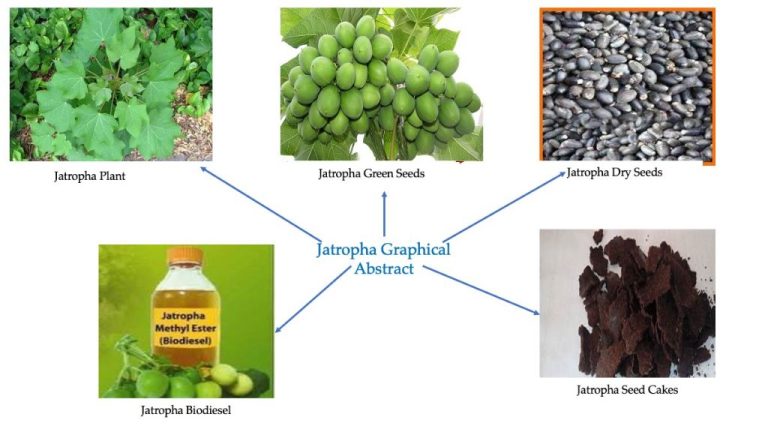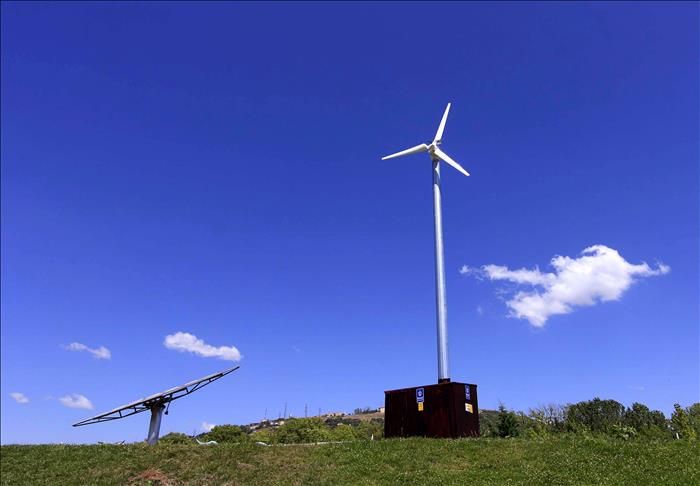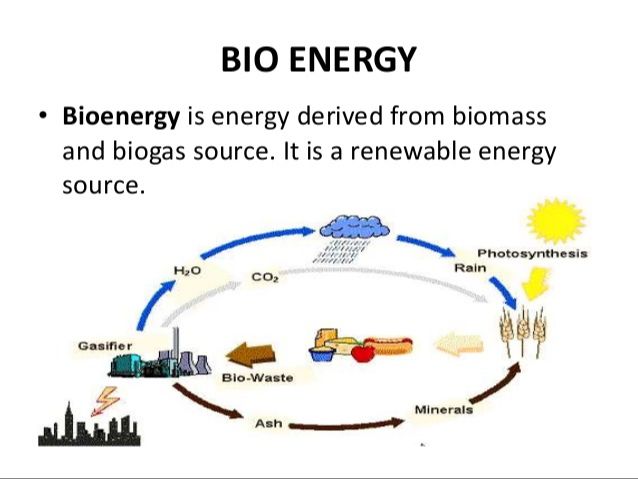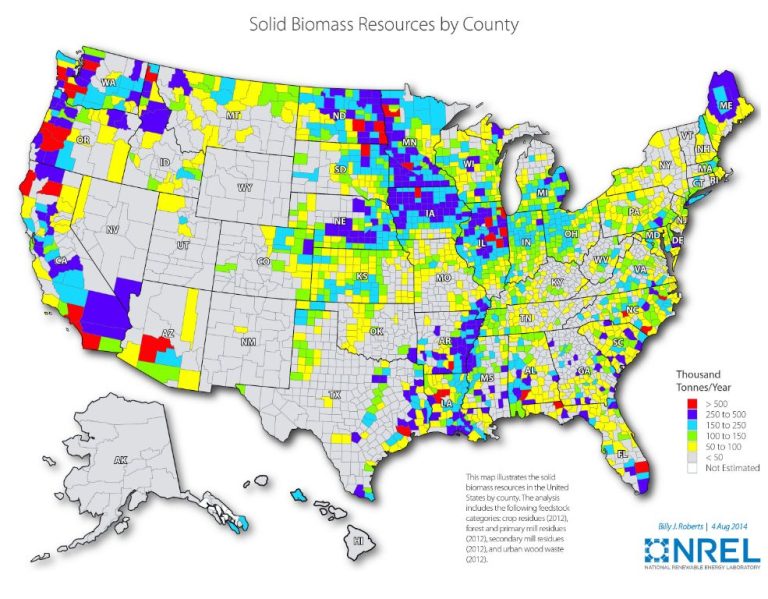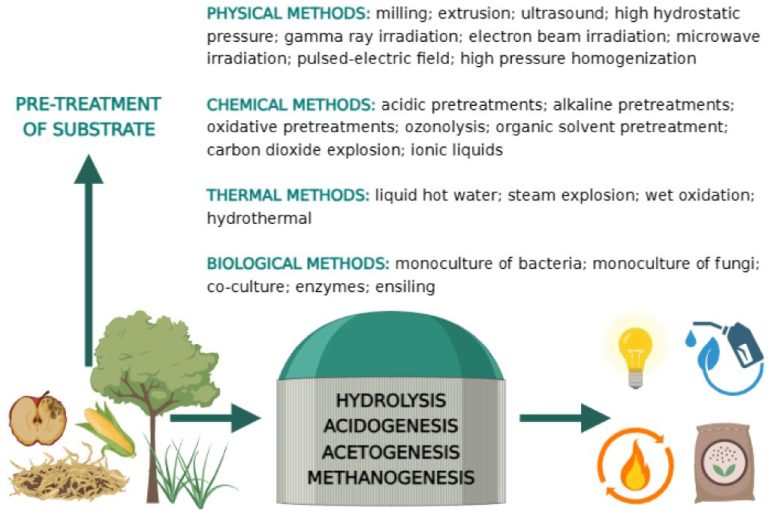Is Bioenergy The Same As Biofuel?
Defining Bioenergy
Bioenergy is energy derived from any organic matter that stored energy from the sun via the process of photosynthesis. Organic matter used for bioenergy encompasses a wide range of materials including plants, trees, algae, crops, waste biomass from agriculture or forestry, and municipal and industrial wastes. Bioenergy excludes fossil fuels like oil, natural gas and coal that contain ancient photosynthetic energy.
The different forms of bioenergy include biofuels, thermal energy produced by burning biomass, and various biogases. Bioenergy is considered a form of renewable energy because the organic sources it comes from can be replenished naturally within a human lifespan. However, the sustainability of any bioenergy depends on factors like the source of the biomass and how it’s produced.
Types of Bioenergy
The main types of bioenergy are biofuel, biopower, and biogas. Biofuel is liquid fuel like ethanol and biodiesel that is derived from renewable biomass sources like crops, agricultural residues and algae. Ethanol is commonly blended with gasoline as a transportation fuel. Biodiesel is produced from oils like soybean oil and can power diesel engines with little or no modifications.
Biopower refers to electricity that is generated from biomass sources through various processes and technologies. The biomass feedstocks like wood, municipal solid waste or landfill gas are burned to generate steam and power turbines. The steam turns generators to produce electricity. Biopower provides clean, renewable energy that reduces dependence on fossil fuels.
Biogas is produced from organic materials like crop residues, manure, and food waste through a process called anaerobic digestion. Bacteria breaks down the organic matter in an oxygen-free environment and releases biogas, which consists mainly of methane and carbon dioxide. This biogas can be purified into renewable natural gas and used for heating, electricity generation, and transportation fuel. Biogas helps divert waste from landfills and provides a clean energy source.
Defining Biofuel
Biofuel is liquid fuel made from biomass. The main types are ethanol and biodiesel.
Ethanol is an alcohol fuel made by fermenting the sugar components of plant materials such as corn, sugarcane or switchgrass. It can be blended with gasoline to reduce petroleum use. Most gasoline in the United States contains about 10% ethanol.
Biodiesel is made from vegetable oils or animal fats. It can be produced from many types of oils such as soybean oil, canola oil and waste cooking oils. Biodiesel is commonly blended with petroleum diesel to produce a biodiesel blend. It can be used in diesel engines with little or no modifications.
Comparing Bioenergy and Biofuel
Biofuel is a type of bioenergy. Bioenergy is the broader term that encompasses solid, liquid, and gas energy derived from biomass. Meanwhile, biofuel more specifically refers to liquid transportation fuels like ethanol and biodiesel that are made from biomass feedstocks.
While bioenergy includesthermal applications like burning wood for heating, as well as electricity generation from biomass, biofuel is limited to liquid fuels used for transportation. Most transportation biofuels today are used for cars, trucks, trains and airplanes.
So in summary, biofuel is a subset of bioenergy. Bioenergy covers all energy from biomass sources across the solid, liquid and gaseous states. Biofuel is the liquid transportation fuel segment of the bioenergy landscape.
Biofuel Feedstocks
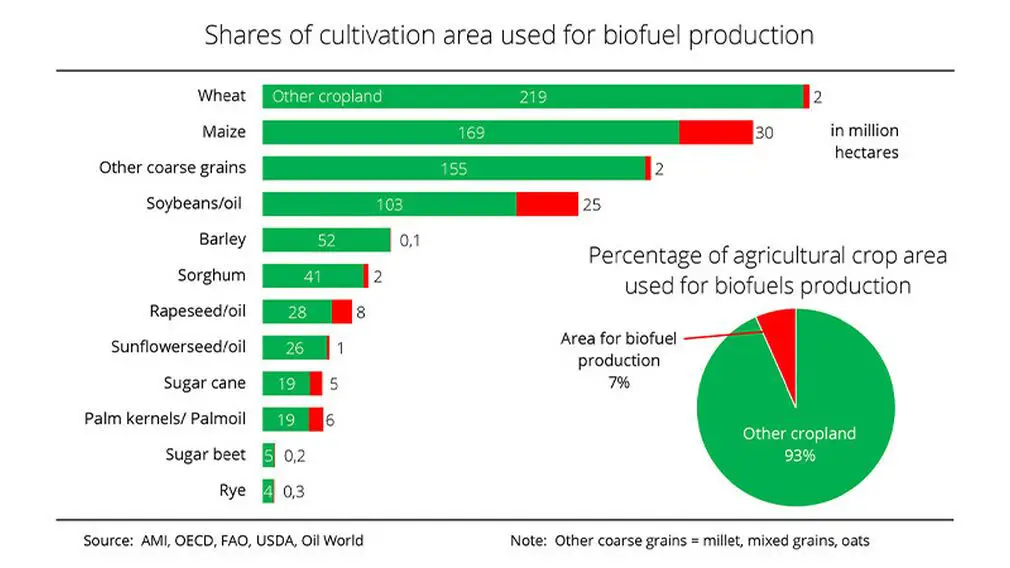
Common feedstocks for biofuel production include corn, sugarcane, soybeans, rapeseed, jatropha, and algae. These plants and crops are grown specifically to produce oils, sugars or starch that can be processed into liquid biofuels.
Corn is one of the most widely used biofuel feedstocks, particularly in the United States where it is fermented to produce ethanol. Sugarcane is predominantly grown in tropical regions like Brazil and converted into ethanol as well. Soybeans and rapeseed are pressed to extract vegetable oils that can be further refined into biodiesel. Jatropha is an inedible oilseed plant that thrives on marginal lands not suitable for food production. Algae can be cultivated in ponds, photobioreactors or fermentation tanks to produce oils for conversion into biodiesel or jet fuel.
The type of feedstock largely determines the biofuel production process and associated costs. First generation biofuels rely on foods crops like corn, sugarcane and soybeans. Advanced biofuels utilize non-food crops, waste materials or algae as feedstock. Research continues into expanding the range of viable biofuel sources.
Benefits of Bioenergy
There are many benefits to using bioenergy rather than relying solely on finite fossil fuels like oil, coal and natural gas. Some key advantages of bioenergy include:
Renewable: Bioenergy comes from recently living biological sources like plants, making it a renewable form of energy. This contrasts with fossil fuels which take millions of years to form and are not replenished on human timescales. Bioenergy resources can be continually grown and harvested.
Reduces fossil fuel dependence: Widespread use of bioenergy would lessen society’s dependence on finite, unsustainable fossil fuels. This provides energy security benefits and insulation from global fossil fuel price shocks or supply disruptions.
Promotes rural development: Growing bioenergy feedstocks and producing biofuels provides economic opportunities for farmers and rural communities. This can revitalize struggling rural economies through job creation across the bioenergy supply chain.
Reduces greenhouse gas emissions: Bioenergy systems often emit less lifecycle greenhouse gases than equivalent fossil fuel systems. As plants grow, they sequester carbon dioxide from the atmosphere. This offsets emissions when biofuels are ultimately combusted.
Challenges of Bioenergy
While bioenergy offers many potential benefits, expanding its use also comes with some key challenges that need to be addressed:
High costs – Producing bioenergy often requires significant upfront investments in specialized equipment and infrastructure. This can make costs higher than conventional fossil fuels, especially for early commercial plants. Bringing costs down will require further technology improvements and scaling up production.
Food vs. fuel debates – Using food crops like corn and sugarcane for biofuels has raised concerns about impacts on food prices and land use. Advanced biofuels from non-food sources can help avoid this issue.
Land use changes – Increasing bioenergy crop production requires substantial amounts of land. This can lead to direct and indirect land use changes, potentially displacing food production and impacting biodiversity and ecosystems.
Scalability and infrastructure – Ramping up bioenergy to a scale that makes a significant impact on energy demand will require major investments in infrastructure like biorefineries. It also depends on scalable, sustainable feedstock supplies.
Overcoming these challenges will be vital for bioenergy to reach its full potential as a renewable, low-carbon energy source.
Bioenergy Sustainability
The sustainability of bioenergy depends on several factors, most importantly the type of feedstock and production process used. While first generation biofuels relied heavily on food crops like corn, advanced biofuels utilize non-food lignocellulosic biomass from sources like crop residues, municipal solid waste, and dedicated energy crops. This avoids competition with food production and land use change impacts.
The production process is also key. Conventional ethanol production emits greenhouse gases, but some advanced biofuel conversion processes like biochemical and thermochemical can have substantially lower lifecycle emissions. Overall, advanced biofuels are designed to have greenhouse gas reductions of 50% or more compared to fossil fuels.
Sustainability certification programs like the Renewable Fuel Standard help ensure biofuels meet minimum lifecycle emission reduction thresholds. With the right feedstocks and technologies, bioenergy can provide low carbon renewable fuel options.
Bioenergy Applications
Bioenergy is used in a variety of applications including transportation, electricity generation, heating, biogas production, aviation biofuel, and bioplastics manufacturing.
Biofuels like ethanol and biodiesel are commonly used to power vehicles. Ethanol is blended with gasoline, while biodiesel is used on its own or blended with petroleum diesel. Biogas produced from organic wastes can also be used as vehicle fuel.
For electricity generation, biomass sources like wood, agricultural residues, and organic municipal waste are burned to produce steam and power turbines. Waste gases from landfills, farms, and water treatment plants can also be harnessed to generate electricity.
Bioenergy is used to provide heating and cooling in buildings and industrial processes. Wood pellets, chips, and sustainably harvested firewood can provide heat for homes and businesses. Biogas can also be used in boilers and furnaces.
Anaerobic digestion of organic wastes produces biogas containing methane, which can be purified into renewable natural gas. Biogas provides clean cooking fuel and electricity generation worldwide.
Sustainable aviation biofuels are being developed to reduce the carbon footprint of air travel. Biojet fuels derived from oilseed crops, agricultural wastes, and algae can be blended with conventional jet fuel.
Bioplastics made from plant materials like corn, sugarcane, and cellulose provide alternatives to plastics made from fossil fuels. Bio-based plastics are renewable and biodegradable.
Future of Bioenergy
Bioenergy is expected to continue growing in the coming years as countries seek ways to reduce fossil fuel use and meet climate goals. However, debates remain around the optimal applications of bioenergy and how to ensure its long-term sustainability.
Projections estimate the share of bioenergy in the global energy mix could increase from around 10% today to 25% or more by 2050. This growth will likely be driven by increasing demand for renewable fuels for transportation, growth in bioelectricity, and expanded uses of biomass for heating and industrial processes.
While the potential is significant, realizing this growth sustainably remains a challenge. There are concerns that increased demand for certain bioenergy feedstocks could drive conversion of forests and farmlands in ways that may undermine climate benefits and threaten biodiversity and food supplies. Policies and incentives will play an important role in steering bioenergy expansion in sustainable directions.
Ongoing areas of focus will include improving bioenergy crop yields, developing new sustainable feedstocks, and optimizing integrated food-energy systems. There is also growing interest in next-generation biofuels that don’t rely on food crops. Continued technology advances and process improvements will further enhance the efficiency, cost-effectiveness and sustainability of bioenergy.
In summary, bioenergy is poised for major growth in the coming decades. But guiding its expansion wisely will require balancing complex economic, environmental and social factors.

